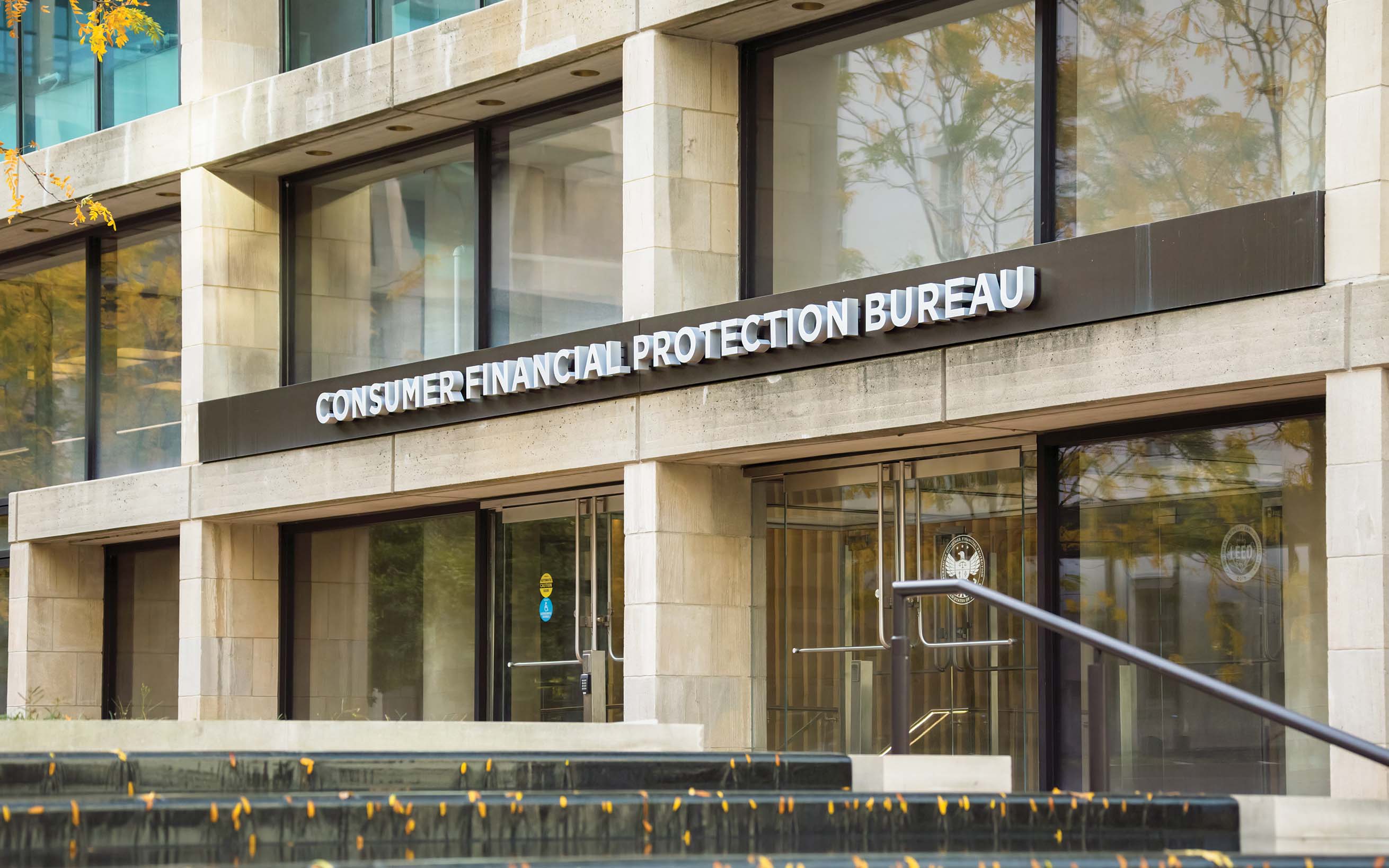Like any business marketing its products and services, a community bank must keep its advertising truthful. There are plenty of regulations specific to financial institutions under the FDIC, CFPB and other regulators.
The advertising regulations you need to know
March 01, 2021 / By Mary Thorson Wright
Like any business marketing its products and services, a community bank must keep its advertising truthful. There are plenty of regulations specific to financial institutions under the FDIC, CFPB and other regulators.
This past year, the Consumer Financial Protection Bureau (CFPB) issued several enforcement actions to financial institutions or companies for misleading or deceptive advertising practices. On the CFPB Consumer Complaint Database, the top advertising-related issues in 2020 were 1) didn’t receive advertised terms and 2) confusing or misleading advertising.
Community banks face tremendous pressure to meet customers’ and prospective customers’ expectations while competing with larger banks and nonbanks. To that end, getting the word out about products and services is critical, but this marketing is limited by regulatory constraints, ethical considerations and messaging challenges.
“[Community banks] must adhere to fundamental technical rules and established guidelines … and ensure that all material information about that product or service is disclosed clearly and conspicuously.”—Rhonda Thomas-Whitley, ICBA
Terms to avoid
Regulation Z – Truth in Lending covers advertising requirements for open-end (§ 1026.16) and closed-end credit (§ 1026.24) and has special rules for credit and charge card applications and solicitations offered to college students (§ 1026.60).
Regulation DD – Truth in Savings helps consumers make informed decisions on deposit accounts. Section 1030.8 specifies how rates of return may be expressed and the conditions under which additional disclosures are required to be included in advertisements of deposit accounts. It prohibits misleading or inaccurate advertisements or referring to or describing an account as “free,” “no cost” or a similar term if any maintenance or activity fee may be imposed on the account. Under Regulation DD, the word “profit” may not be used in referring to interest paid on an account.
When creating or reviewing advertising for your community bank, consider the accuracy, transparency and completeness of your messaging. “Community banks should ensure their advertising is honest and transparent,” says Rhonda Thomas-Whitley, ICBA’s vice president and regulatory counsel. “They must adhere to fundamental technical rules and established guidelines, such as prohibitions on using terms like ‘free’ or ‘no cost,’ and ensure that all material information about that product or service is disclosed clearly and conspicuously.”
Both Regulation DD and Z stipulate standards for “clear and conspicuous” information and “actually available terms.” The Unfair, Deceptive, or Abusive Acts or Practices Act, or UDAAP, has broad coverage and applies to any inaccurate information, omitted information or misinterpretation of information including advertisements. Whether the information presented in an advertisement for a bank product or service is clearly and conspicuously presented, is complete and accurate, and describes the actually available terms may be a matter to be determined on a case-by-case basis.
HUD guidelines
The U.S. Department of Housing and Urban Development (HUD) provides advertising guidelines for the Fair Housing Lender/Equal Housing Lender logotype or tagline in advertising. The Fair Housing Act requires all advertising of residential real estate for sale, rent or financing contain an equal housing opportunity logotype, statement or slogan as a means of educating homebuyers that the property is available to all persons regardless of race, color, religion, sex, handicap, familial status or national origin. The choice of logotype, statement or slogan will depend on the type of media used—visual or auditory—or, with display advertising, on the size of the advertisement.
With respect to fair lending, a community bank’s advertising should reflect the population in its market. It should be inclusive to portray diversity in images that represent a variety of genders, ages, ethnicities, marital statuses and so forth.
“Community banks should ensure the medium used and content are reflective of the population in the market area,” Thomas-Whitley says. “Even if the advertisement unintentionally misrepresents the market area, banks could be exposed to reputational, regulatory and substantive consequences.”
FDIC membership
FDIC Rules and Regulations Part § 328.3 covers disclosure of FDIC membership. It addresses the proper statement, proportions of the size and print, and the use of the official advertising statement in advertisements. It is required for “all advertisements that either promote deposit products and services or promote nonspecific banking products and services offered by the institution.” The section also describes circumstances that do not require the official advertising statement, including those advertisements for nondeposit investment products. Separate rules outlined in the Interagency Statement on Retail Sales of Nondeposit Investment Products govern those products.
Website and social media advertising bring unique compliance challenges. According to Thomas-Whitley, community banks must recognize that most regulations were established prior to the growth of digital media, from bank websites to social media platforms. Print advertising may now play a smaller role in a community bank’s marketing in favor of advertising via websites or social media. “Every way in which a community bank is communicating with its customers or prospective customers should be assessed from a compliance perspective,” she adds.
Controlling and managing advertising compliance demands a comprehensive approach across all media channels. Best practices for compliant advertising include staff training to raise awareness; formulating consistent messaging, especially for promotions that will be conducted on a broad scale; internal controls over the advertising process, including compliance reviews and third-party vendor management; and periodic compliance monitoring and auditing.
Subscribe now
Sign up for the Independent Banker newsletter to receive twice-monthly emails about new issues and must-read content you might have missed.
Sponsored Content
Featured Webinars
Join ICBA Community
Interested in discussing this and other topics? Network with and learn from your peers with the app designed for community bankers.
Subscribe Today
Sign up for Independent Banker eNews to receive twice-monthly emails that alert you when a new issue drops and highlight must-read content you might have missed.
News Watch Today

Join the Conversation with ICBA Community
ICBA Community is an online platform led by community bankers to foster connections, collaborations, and discussions on industry news, best practices, and regulations, while promoting networking, mentorship, and member feedback to guide future initiatives.













